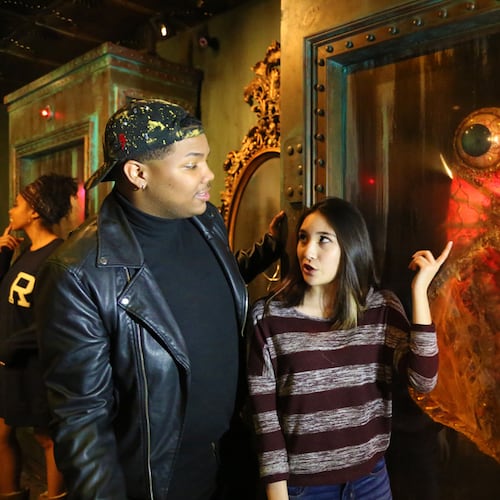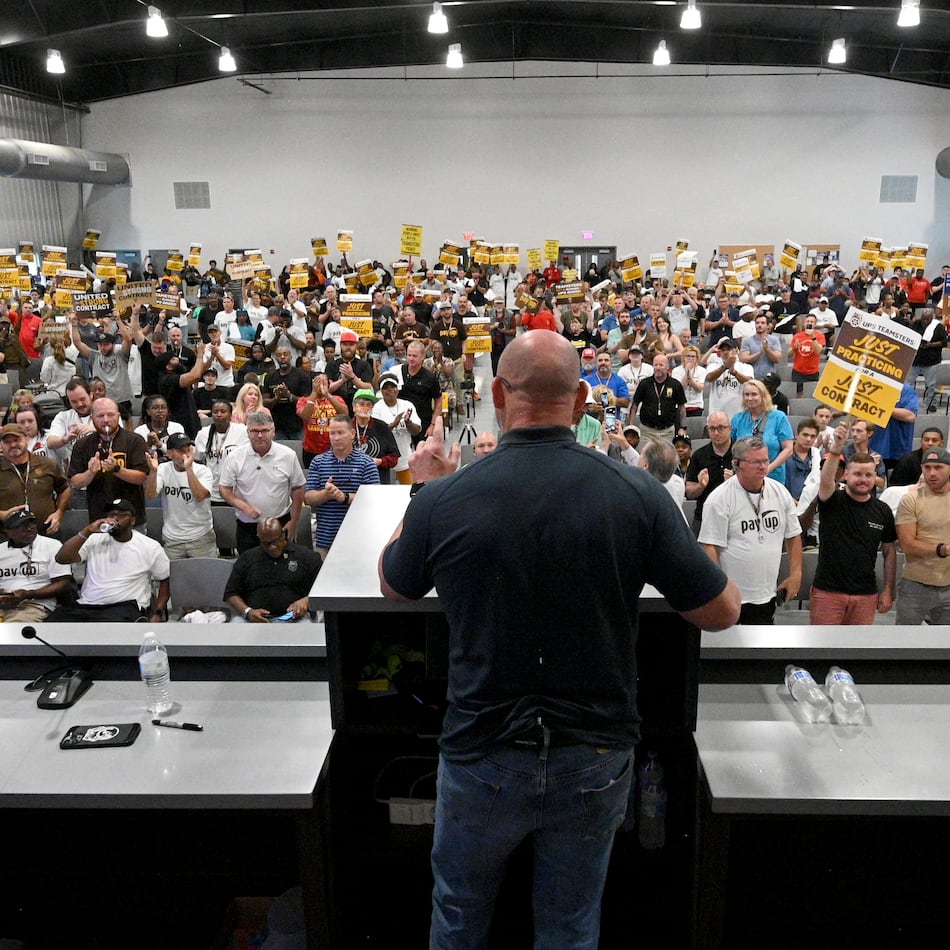My kids are on vacation this week with their dad and his wife, which means this is my annual hardest/easiest week of the year.
Hardest because, even after four years, it feels unnatural and impossibly sad to send my kids on a family vacation that I’m not part of. Easiest because I’m temporarily responsible only for myself. I can see friends, get to the gym, work late, finish conversations and various other things I struggle to do when I’m parenting a 6- and a 10-year-old.
I’m melancholy and I’m blissful, often at the same time. There was a period of my life (most of it, to be honest) when this would have seemed a ridiculous contradiction: Which are you, happy or sad? Anxious or grateful? Make up your mind, woman!
Now, thanks to therapy and being 41 years old, I understand that you can experience all sorts of emotions at once. It doesn’t make you contradictory. It makes you human.
What if I could teach my kids to embrace this truth at an early age? What if I could help them feel just as comfortable with sadness and disappointment as they do with glee and joy?
So many of us say, “I just want my kids to be happy.” I don’t just say it, in fact; I mean it. I do want them to be happy — more than just about anything. But I want their happiness to be a byproduct of a life well lived, not an assignment that looms before them, taunting them if they don’t feel it at all times and in all places.
I ran all this by John Duffy, a Chicago-based clinical psychologist whose work I admire. He’s the author of “The Available Parent: Expert Advice for Raising Successful, Resilient, and Connected Teens and Tweens” (Viva Editions), and he does weekly podcasts on WGN Plus that are always timely and wise.
“We’ve decided culturally that happiness is the goal,” Duffy told me. “And that removes the permission to experience and embrace the full range of emotions. Real happiness only exists in contrast. You have to know something besides happiness in order to understand true happiness.”
That strikes me as everything. If we’re constantly talking our kids out of their other feelings, or protecting them from having to experience them in the first place, how will they discover that all-important contrast?
“It can be really anxiety-provoking to try to always be happy,” said Duffy, who runs a private therapy practice. “I see it all the time. Kids say, ‘They expect me to be happy all the time.’ It’s like perfectionism. It would be so much healthier for them to be able to say, ‘I’m miserable. I intend to be happy again, but right now everything doesn’t feel OK.’”
But parents take miserable personally.
“They think, ‘But we’ve provided you this beautiful life! You should be happy!’ ” Duffy said. “Instead of encouraging kids to name and manage their full range of emotions.”
Ironically, he said, people who learn to experience and sit with other emotions — anger, fear, sadness, frustration — are usually the happiest and most successful.
“Successful people understand how they and others feel,” he said. “They’ll speak up in a meeting, ‘Bob, are you hearing what you want to hear here?’ rather than waste an hour because they can’t read people’s emotions. They’ll talk about their feelings in a relationship instead of allowing themselves to become disconnected, and disconnection is toxic.”
I asked Duffy how we can help our kids experience and accept their full range of emotions. If you pulled aside random parents, I doubt most of them would say, “I accept happiness and happiness alone. All other feelings are banned from our home.” But do we subtly send our kids that message?
“The first thing you want to do is hear your kids out,” he said. “It’s validating. ‘Yeah, that does seem awful. That’s a drag.’ ”
Don’t give the sense that you’re disappointed in them for feeling blue.
“Then you create a little collaboration,” Duffy said. “I like to draw solutions out of the kids. Instead of, ‘You should go ride your bike,’ create a sense of, ‘We’re in this together.’ You could say, ‘Sometimes you feel better after a bike ride. What do you think?’ Or maybe they’ll say, ‘If I could just listen to music by myself for a while, I think I’ll feel better.’ ”
Then let them.
We also have to model this to our kids. That doesn’t mean turning to them with our every problem, but it does mean being authentic.
“We assume kids are fragile about our own emotions,” Duffy said, “so we’re not comfortable saying, ‘I’m kind of sad today.’ ”
The anniversary of his father’s death recently passed, he said, and he told his son he was having a hard day because of it.
“Just being able to say that gives your kid permission to do the same,” he said. “Then you can talk about how you’re going to work out of it: go for a walk, go for a run, hang out with a friend.”
We can also encourage our kids to recognize when they feel more than one thing at once.
“Oftentimes I’ll ask a kid, ‘How are you feeling?’ ” Duffy said. “Then I’ll ask, ‘What else are you feeling?’ ”
When little kids are in therapy, they use charts with cartoon faces to point to what they’re feeling: angry, frustrated, scared, happy and so on.
“Sometimes kids will point to four different faces,” Duffy said. “And you can say, ‘Tell me about each of these.’ ”
Even when they’re not little — even when there’s no face chart — we can help them talk about each one.
“I think we’re an anxious nation because we’re not emotionally tuned-in,” Duffy said. “I don’t think we spend enough time thinking about how we’re feeling, and it leads a lot of people to abuse drugs or alcohol or the internet or the people around them. Oftentimes that’s an artifact of people not understanding themselves, so they act out instead of considering, ‘How do I feel right now?’ ”
And the answer doesn’t have to be happy.
“There’s no joy in being happy all the time,” Duffy said. “The range is the richness. If we miss that, we’re leading one-dimensional lives. That’s what we want to teach our kids.”
And ourselves.
About the Author
Keep Reading
The Latest
Featured


